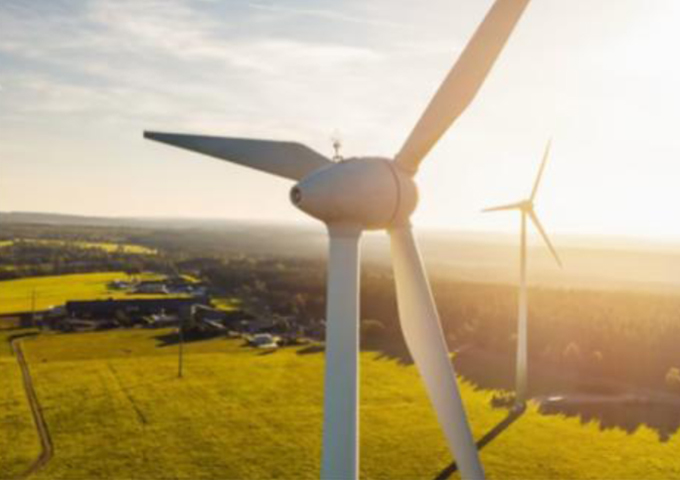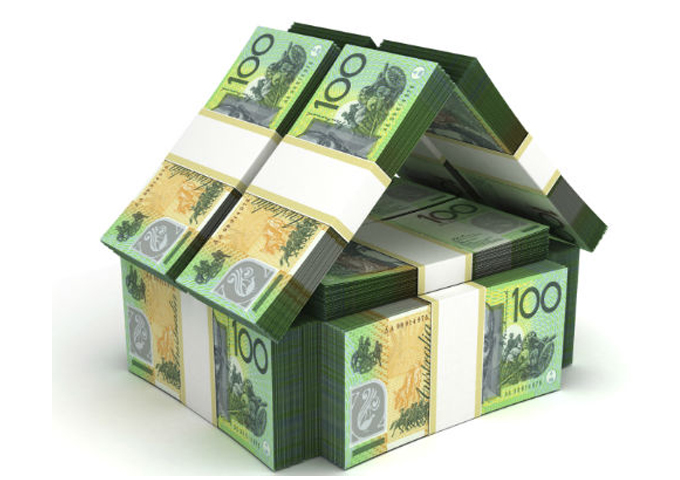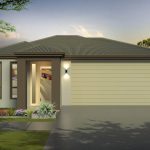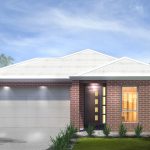This year is shaping as a more “normal” market, where some locations are rising strongly, some are rising moderately, some are marking time or stagnating, and a few are falling. This is because markets are essentially local affairs. Outcomes are dictated by local economic conditions and these tend to vary from one place to another.
Increasing involvement from investors in 2022 will put further pressure on prices. And the massive rollout of big infrastructure projects will have profound impacts for housing markets.
Rental shortage crisis
On the rental front, the nation has had a chronic shortage of homes available for rent for several years, but it will get worse in the coming year.
Vacancy rates below 1% are already the norm across the country. And, consequently, rents are rising strongly in cities and regional centres.
In many locations, hopeful tenants can’t find a rental property at any price. But where there is something available, there’s competition from many other prospective tenants. So, rents are rising, almost as fast as sale prices in some places.
This situation has evolved over the past five years. Decisions by various state governments (such as new laws favouring tenants) and by the federal government (including changes to depreciation rules), mandates from the Australian Prudential Regulation Authority and rhetoric at the last two federal elections by the Labor Party (which had anti-investor policies on negative gearing and capital gains tax) have all worked to discourage investors.
Rental vacancies are an outcome of investor activity, but for the past few years investors have been largely sitting on the sidelines. All this means that rents and yields are expected to rise in 2022.
The big banks’ economists will be wrong again. The media extensively reported the November 2021 forecast by the Commonwealth Bank that property prices across Australia will have only small increases in 2022 and then fall 10% in 2023. Other major banks offered similar predictions. But real estate consumers can relax – the entities making these forecasts have a track record of getting their property market predictions wrong.
CommBank’s November prognosis of prices came from the head of economics, Gareth Aird. In March 2020, as the pandemic first took hold, he forecast that residential property prices would drop 10% over six months and 20% in the next year, led by steep falls in Sydney and Melbourne. But in the next 12 months house prices nationally overall rose 7.5%, with Sydney up 8%, Adelaide 9%, Hobart 13%, Canberra 14%, Darwin 16% and regional Australia 13%.
In February 2021, Aird predicted that house prices would rise just 9% in 2021 and unit prices by 5%. By December, according to CoreLogic, house prices had risen 24% and unit prices 14%.
Economists regularly underestimate our housing markets. In December, ANZ chairman Paul O’Sullivan admitted the bank had been caught out by the housing boom. He told shareholders at the bank’s annual meeting that ANZ had “got it wrong” and failed to provide sufficient staff to handle loans demand, resulting in the loss of market share.
Economists’ predictions of only minor price growth in 2022 are based on expectations about interest rates and fail to take into account the many powerful forces driving property markets.
Interest rates furphy
The mainstream media have featured widespread speculation about the likelihood of increases in interest rates in 2022 and negative impacts on property markets, including high levels of mortgage stress and falling prices. The discussion ignores significant realities.
The governor of the Reserve Bank, Philip Lowe, has declared repeatedly that the RBA has no intention of lifting the official interest rate any time soon. As recently as December, he said the next rise is likely to be in 2024.
In addition, history indicates that an interest rate rise does not halt a property boom. In the recent past – including during the national property booms in the late 1980s and the early 2000s – it has required multiple rapid-fire interest rate rises to bring a raging market under control. Those previous nationwide booms occurred during times of very high and rising interest rates.
Media speculation about mortgage stress caused by a future rise in interest rates overlooks the buffers that are in the system. Most households are well ahead on their mortgage payments – and RBA indicates that a third of mortgage holders are two years or more ahead.
And borrowers are not assessed on current rates – they’re assessed on current rates plus 3%. A home buyer taking out a loan with a 2% interest rate will be assessed by the bank on their ability to repay the loan if the interest rate is 5%. So current rates could double and most borrowers would still be comfortable.
A recent survey of 30,000 people Australia-wide by the comparison website Finder found that only 15% of homeowners felt stressed about their overall financial situation.
How 2021 turned out
A year ago we wrote: “Australia is on the cusp of a national real estate boom.” 2021 certainly delivered on that prediction.
Price data published by CoreLogic in December indicated that the average Australian home had increased in value by $127,000 in the previous 12 months. In some suburbs and towns, median prices grew that much in a single quarter, late in 2021.
Looking more broadly, the median house price in Brisbane increased by almost $200,000 in 2021 and there was a similar rise in Hobart. In Sydney, the median house price was $360,000 higher in December than it was a year earlier.
A year ago, we wrote: “Right now, forces are building which will generate growth in most major cities and towns across the nation in 2021 and beyond.”
Of the 15 major market jurisdictions (eight capital cities and seven state regional markets), all except regional Northern Territory recorded house price growth between 15% and 30% in 2021. The CoreLogic price data in December revealed that growth was still at elevated levels. There was an increase of 1.4% nationally in November, led by a 2.2% monthly rise in the combined regions.
Annual growth in house prices was led by regional Tasmania, regional NSW and Sydney, which had all risen about 30% in 12 months. Other jurisdictions to record big increases include Brisbane, Canberra, Hobart, Adelaide, regional Queensland and regional Victoria. They all increased by between 24% and 28%.
Looking back at our top 50 for 2021
Last year we selected 50 suburbs and towns that we forecast would achieve double-digit growth in house prices, ranging from 10% to 20%. Forty-five of the 50 locations achieved or exceeded the annual growth in prices predicted by Money.
For example, we tipped Traralgon in Victoria, Googong near Canberra, Warnbro in Perth and Rangeville in the Queensland city of Toowoomba to rise 15% and they did just that, based on CoreLogic data.
The 12% rises predicted for Dawesville in regional WA, Latrobe in Tasmania and Lindisfarne in Hobart were on the mark.
We thought Gympie in Queensland would lift 20% and it managed 25%. We tipped Bowral in the NSW Southern Highlands to rise 15% and it made 17%. We tipped Byron Bay to have another big year but its 52% was beyond the expected. Freshwater, on Sydney’s northern beaches, increased by 43%.
SOURCE: Money Magazine (by Terry Ryder 25.2.22)







